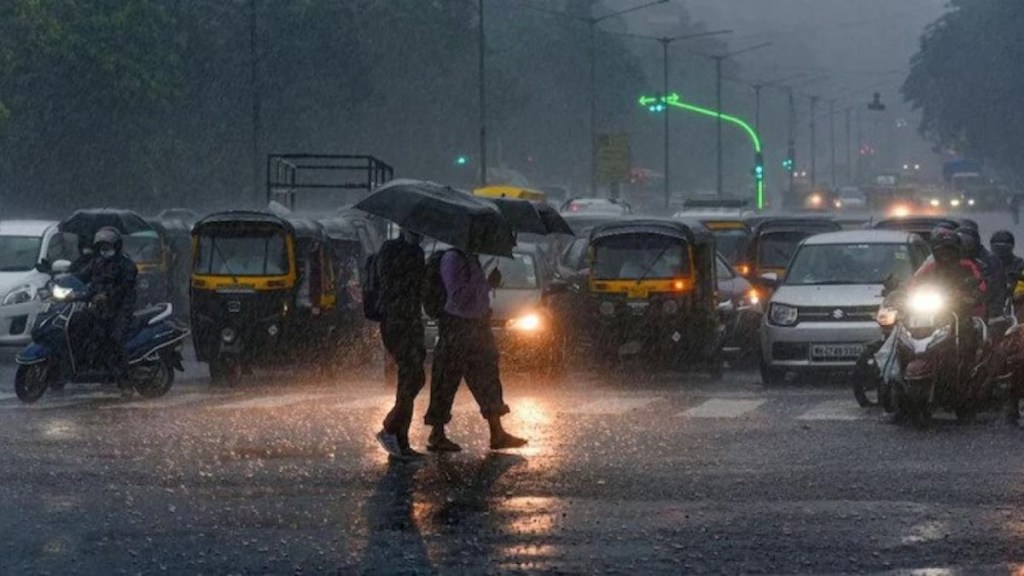Besides vegetables like tomato, many spices such as jeera (cumin seeds), turmeric and coriander seed (dhania) have become dearer in the last few months because unseasonal rains prior to harvesting impacted output amid robust demand from domestic and export markets. This has pushed up the retail inflation in ‘spices’ to 21.63% in July from 19.9% in June.
Traders FE spoke to across key markets of spices varieties said prices are likely to remain firm till early next year, given the likely higher demand in the coming festive season and production shortfall. Inflation has been in double digits since the beginning of the year.
Jeera prices, which had been rising since January this year because of prospects of lower output, have now risen to Rs 57,625/quintal at Unjha, Mehsana district of Gujarat, the hub of the spices trade. A year back prices were around Rs 30,000/quintal.
This has pushed retail inflation in jeera to a record 100% in July 2023 on year.
“Output was impacted by untimely rains during harvesting months of January and February in major producing states of Gujarat and Rajasthan and prices are likely to remain firm till the new crop is harvested,” Dinesh Patel, chairman, Agricultural Produce Market Committee (APMC), Unjha, Gujarat, said.
The spot prices of jeera (Unjha) on commodity bourse NCDEX on Monday were quoted at Rs 60,553/quintal, while the futures prices for October 20,2023 delivery rose to Rs 60,445/quital.
Mandi prices of another variety of spices – turmeric are currently ruling around Rs 16,000/quintal in Maharashtra, Telangana and Tamil Nadu from Rs 7,000/quintal in April because rain in April-May, which have adversely impacted the output, and delayed sowing due to the late onset of monsoon.
“Farmers’ harvests were impacted due to unseasonal rains in Maharashtra and delay in sowing would also impact production in the current year,” Ankit Agarwal, Director, Amar Agarwal Food, an Erode, Tamil Nadu based trader in turmeric, said.
Agarwal said that prices are expected to be at the elevated level of Rs 18000 to Rs 19000 a quintal till the commencement of next harvesting season in March.
The spot prices of turmeric on commodity bourse NCDEX on Monday was quoted at Rs 14,134/quintal, while the futures prices for December 20, 2023 delivery rose to Rs 16,980/tonne.
Turmeric is sown in owing starts with the onset of monsoon and extends till August while harvesting is carried out in March and April. The major states producing turmeric include Telangana, Maharashtra, Karnataka, Tamil Nadu and Andhra Pradesh.
The coriander seed mandi prices have also risen sharply in the recent weeks because of the impact of erratic weather conditions in March and April. On Monday, average mandi prices of coriander rose to Rs 7,000/quintal at Deesa Market Yard, Banaskantha district, Gujarat against around Rs 6,000/quintal prevailed a year ago.
The Spice Board of India in its first advance estimate has estimated turmeric production in the 2022-23 crop year (July-June) at 1.16 million tonne (MT), recording a decline of 5% from 1.22 MT in 2021-2022.
However the board has estimated about 13% and 15% rise in cumin and coriander production in 2022-23 year to 0.62 MT and 0.84 MT respectively.
Trade sources said that the estimate of output of jeera, turmeric and coriander is likely to be revised downward in the current crop year in the subsequent estimate by the Spices Board. Spices category has a 2.5% weight in consumer price index (CPI).

